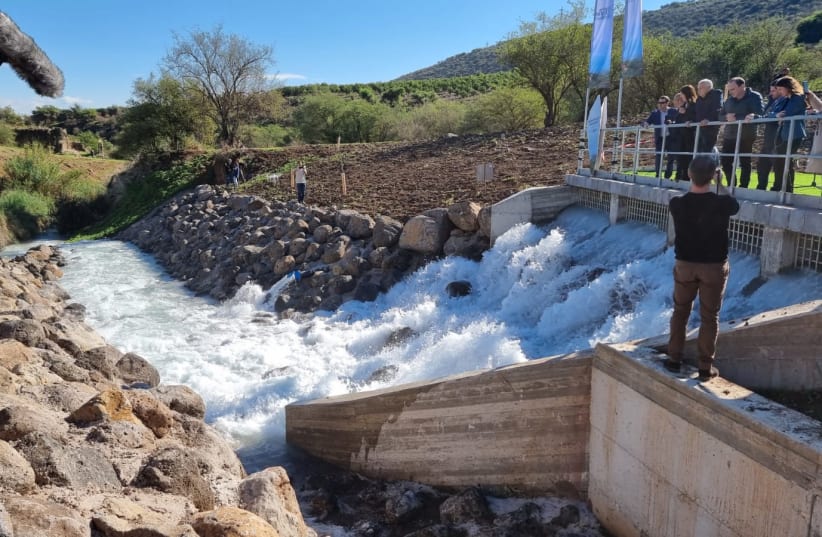The Mekorot national water company and the Water Authority launched the largest water infrastructure project of its kind in the North on Tuesday. It includes a new water transmission system that will pump desalinated seawater from the Mediterranean Sea to Lake Kinneret (the Sea of Galilee).
The NIS 1 billion project, one of the most significant infrastructure projects in recent years, will maintain the level of the Kinneret even in years when rainfall is lower than average.
The concept of pumping desalinated seawater northwards, in the opposite direction of the national water carrier’s route, came about following a series of drought years (2013-2018) in which the amount of precipitation was lower than average. This resulted in the level of the Kinneret declining steadily until it reached the “black line,” the threshold from which water was no longer pumped.
How is water pumped into Lake Kinneret?
Mekorot, together with the Water Authority, led a project that would meet several challenges.The first challenge was maintaining the level of the Kinneret, a natural water source that serves as a national water reservoir for emergencies and as a source of water supply throughout the year for various economic needs, including agriculture.
The second challenge was geopolitical: Even during years of drought, Israel continued to supply water from the Kinneret to the Kingdom of Jordan under the peace agreements signed between the two countries. Recently, the water supply to Jordan doubled to 100 million cubic meters per year, highlighting the need to maintain the level of the Kinneret in routine and emergency situations.
“This is a historic project that will be recorded in the annals of the Israeli water sector,” Mekorot chairman Yitzhak Aharonovich said.
Mekorot CEO Amit Lang said: “Mekorot, together with Mekorot Shacham, have once again proven that they can initiate, plan and execute innovative and groundbreaking solutions, and there is no task that cannot be performed.”


